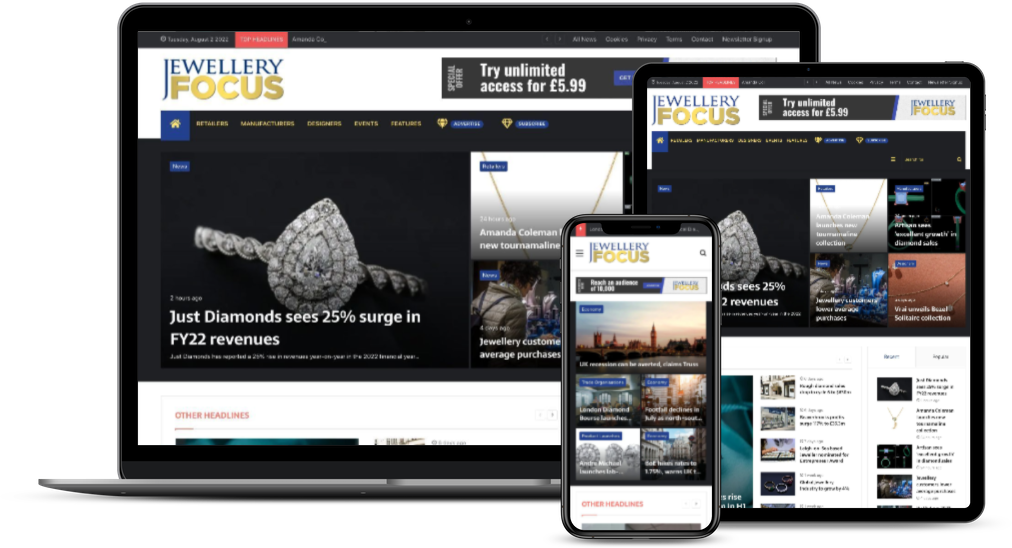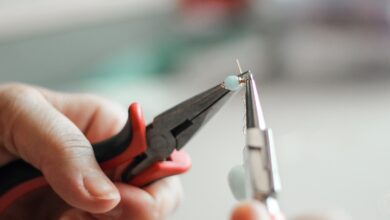
Romancing jewellery is extremely important as it increases the desire to buy, which in turn leads to a faster close.

Join 5,000 jewellery professionals with a membership
Get unlimited access and stay in the know. First-year special offer pricing. Cancel any time.
You'll need to subscribe to continue.

How many members should have access to the subscription?
Monthly
Yearly
Save £9.89
No, thanks
I already have an account

Romancing jewellery is extremely important as it increases the desire to buy, which in turn leads to a faster close.

